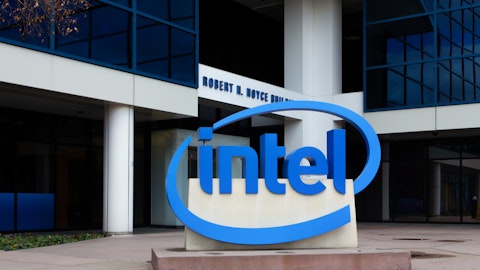Dividend investing is part art, part science. Financial ratios make up most of the science behind investing.

What exactly are financial ratios? For the purposes of this article, we define financial ratios as any number or calculation used by dividend investors to better understand an investment opportunity.
Financial ratios are found throughout a company’s financial statements, annual reports, investor presentations, and more. Some examples of common financial metrics include return on equity, payout ratios, and price-to-earnings multiples.
While there are literally hundreds (if not thousands) of different financial ratios, understanding a handful of the most important indicators can help investors make better informed decisions and sidestep avoidable mistakes.
In case you are wondering if it’s worth putting in the time to learn about financial ratios, Warren Buffett’s advice might be enough of an encouragement to get started:
“Accounting is the language of business, and you have to learn it like a language… To be successful at business, you have to understand the underlying financial values of the business.” –Warren Buffett
Let’s take a close look at the financial ratios that are most helpful for evaluating different businesses.
Follow Warren Buffett's Berkshire Hathaway
Top 10 Financial Ratios for Dividend Investors
1. Dividend Payout Ratio
The dividend payout ratio is perhaps the most common financial ratio known by dividend investors. The dividend payout ratio measures how much of a company’s earnings are paid out as a dividend.
To calculate a company’s dividend payout ratio, simply divide the amount of dividends it paid over a certain time period by the amount of earnings it generated. For example, if The Coca-Cola Co(NYSE:KO) has a payout ratio of 60% over the last year, the company might have paid $6 per share in dividends while generating $10 per share in earnings ($6 / $10 = 60%).
Investors like to analyze the dividend payout ratio because it can inform how safe a company’s dividend is and how much room it has for future growth.
A high payout ratio (e.g. above 70%) could mean that the dividend payment is riskier because it consumers the majority of a company’s earnings. If business trends unexpectedly fall, there might not be enough profits to keep paying the dividend. Dividend growth can also be more difficult for companies with high dividend payout ratios unless earnings growth is strong.
Generally speaking, we prefer to invest in companies with payout ratios between 40-60%. However, we will invest in companies with higher payout ratios if their business trends are extremely stable (e.g. a regulated electric utility business) and they maintain strong financial health.
3M Co (NYSE:MMM)’s dividend payout ratio below is an example of what we really like to see. Note how stable its payout ratio has been. Perhaps even more impressively, 3M Co (NYSE:MMM) has increased its dividend by nearly 10% per year over this period. The company’s relatively flat payout ratio means that its dividend growth has been sustainably fueled by growth in its earnings.

Source: Simply Safe Dividends
Follow 3M Co (NYSE:MMM)
Follow 3M Co (NYSE:MMM)





